Sweating milk, ballooning noses, and laying eggs. It doesn’t exactly sound like typical mammalian behavior. Many of us grew up believing the key characteristics were having hair and milk (which, technically, would include coconuts), but science has proven time and time again that there’s a lot more to this group of animals.
Join us as we explore the hidden talents and very visible physical quirks of 11 of the weirdest mammals on Earth. Who needs aliens when we already share the planet with these guys?
Pangolin
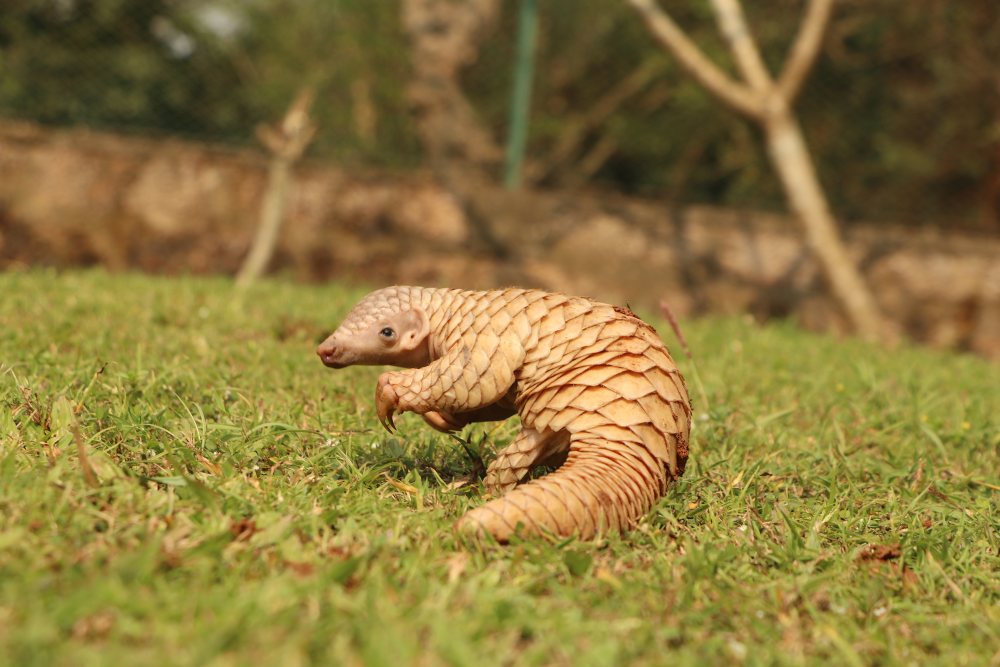
What makes pangolins so special has unfortunately made them very vulnerable.
Image credit: Positive snapshot / Shutterstock.com
Looking like an armadillo dressed up like a reptilian artichoke, the pangolin isn’t the easiest mammal to place. The physical similarities it shares with armadillos (who we’ll revisit later) are actually an example of convergent evolution, where similar traits emerge in unrelated animal groups.
Pangolins emerged from an ancient group of mammals that date back to just after the dinosaurs, and now represent the only known living mammals to have scales. Unfortunately for the pangolin, this rare trait has turned it into the most traded animal on the planet as the scales are considered a valuable ingredient in traditional medicines.
Fairy armadillo
Armadillos look similarly armored to pangolins, but their skin is reinforced by another rare trait among mammals: osteoderms. These tough plates are made of bone instead of keratin, which is what scales are made of. It was thought that the armadillo was the only living mammal with osteoderms, but in 2023 a second mammal joined the ranks.
Osteoderms aside, what makes the pink fairy armadillo so dang peculiar is its appearance, looking a bit like a shrimp nigiri sprouted feet and started walking around. They get their shocking pinkness from blood cells that pass close to the surface of their skin.
Spiny mouse
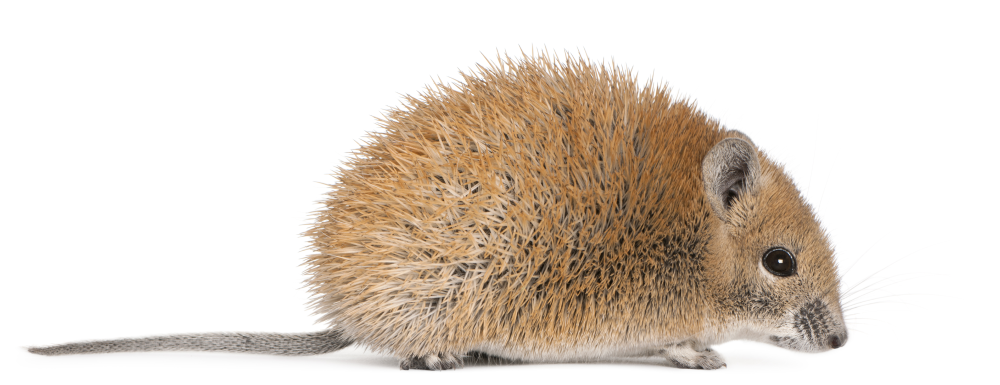
While researching their regeneration skills, scientists discovered something very unique about spiny mice.
Image credit: Eric Isselee / Shutterstock.com
The spiny mouse is an equally perplexing animal, and the second living mammal walking around with osteoderms. Unlike armadillos, these mice only have osteoderms on their tails and they were discovered by chance while researchers were trying to learn more about their incredible regeneration capabilities.
Spiny for the hedgehog-like defence mechanism they wear on their backs (which are spiny hairs, not quite as tough as porcupine needles), these mice can regenerate skin without leaving scars. Unsurprisingly, researchers are very interested in seeing if this can be recreated in humans, for whom severe scarring can be debilitating.
And they get periods and potentially PMS too, relatable
Saiga antelope

Those sure are some horns.
Image credit: Mikhail Gnatkovskiy / Shutterstock.com
Saiga antelope aren’t just one of the world’s weirdest mammals, they’re also one of its most unfortunate. Famous for their peculiar droopy noses, they’ve been lost in their thousands in Mongolia following outbreaks of peste des petits ruminants (PPR), also dubbed the goat plague.
Looking like they’d be more at home on Tatooine, saiga have enormous nostrils that are thought to help them cope with dust in dry conditions. The males also have peculiar carrot-shaped horns, but like the pangolin’s scales, this unusual trait has made them vulnerable to poachers.
Platypus
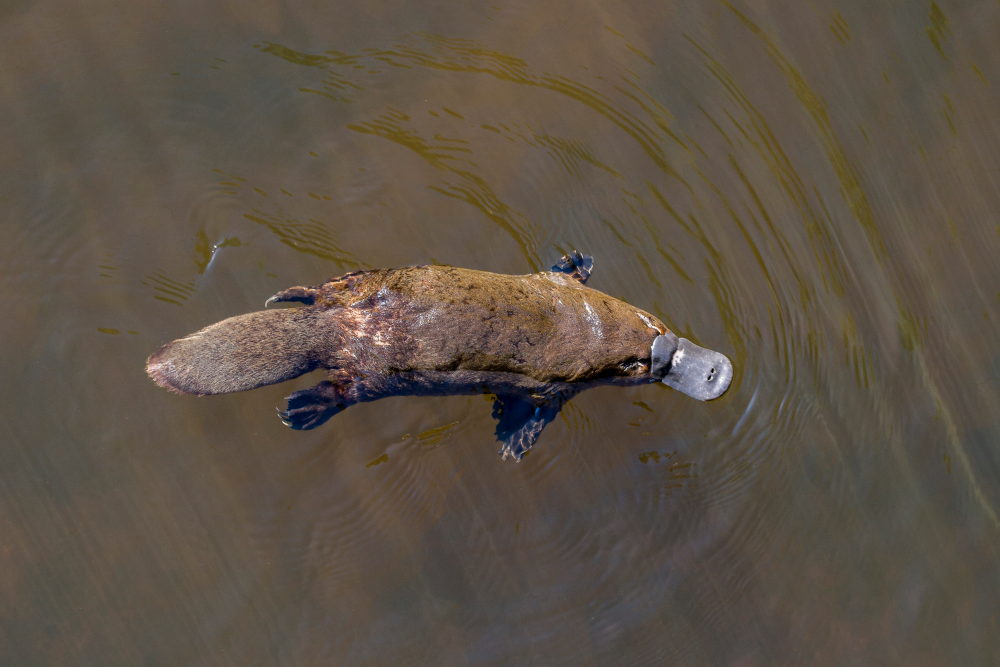
Sweating milk, laying eggs, and having 10 sex chromosomes. Just another day in the life of a platypus.
Image credit: Lukas Vejrik / Shutterstock.com
You can’t discuss wacky mammals without touching on the monotremes, and arguably the strangest has to be the platypus. With a duck-like bill, venomous spurred heel, and a fluffy, otter-like body, it must’ve taken humans a long time to believe these animals were real when taxidermy specimens first traveled overseas.
Beyond their outward oddities, there’s a lot to marvel at under the hood, too. Platypuses sweat milk, lay eggs, and glow in the dark. Perhaps the most mind-boggling of all was the discovery that the platypus has 10 sex chromosomes: five Y and five X.
Echidna
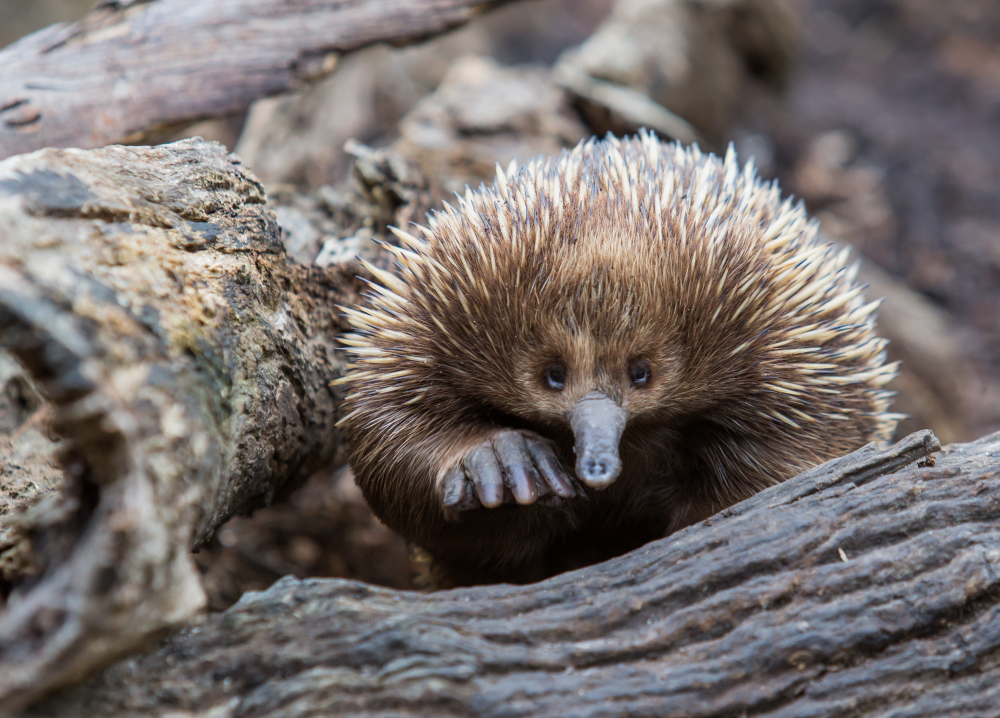
Like ducks, it’s all very cute until you find out about the penis.
Image credit: Kima / Shutterstock.com
Echidnas are astonishingly cute, being big balls of spines with long snoots sticking out of the top. However, take a look underneath and things get a little… weird.
The echidna has a four-tipped penis which is certainly something to behold. Each of the four tips is capable of delivering sperm as well as urine, but remarkably only two of them are used per reproductive attempt. If you need us to pivot back to cute again, they also blow bubbles from their snoots to cool down. Nawww.
Naked mole rat
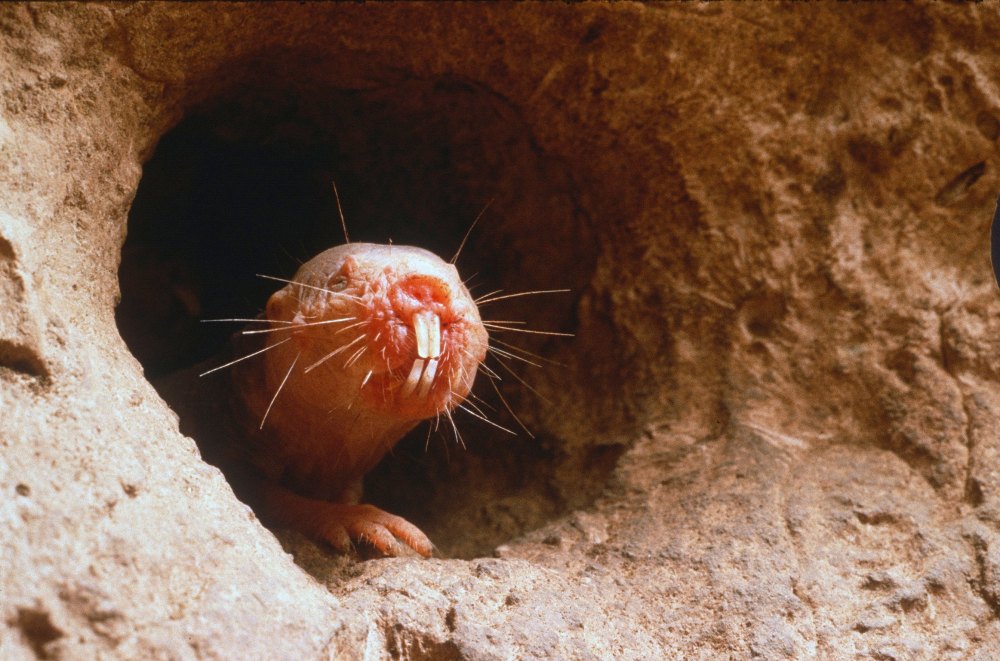
A face only a mother could love.
Image credit: Neil Bromhall / Shutterstock.com
It’s hard to imagine the word “cute” has ever fallen in the same sentence as naked mole rats, who – for all their evolutionary wonder – have a rather unfortunate, suggestive appearance. Whatever your views on their bald, buck-toothed appearance, they are truly remarkable animals.
Capable of reproducing throughout their entire lives, females have evolved to feed their feces to unrelated males to keep their babies safe. They’re the only cold-blooded mammals with remarkable longevity and never seem to get cancer. A 2020 paper discovered that naked mole-rat cells are not inherently immune to cancer, but that the rodent’s freedom from the disease must be due to “a non-cell autonomous mechanism,” possibly involving an effective immune system response to cancer.
Muntjacs
Not an antelope this time, but a deer with a hidden talent. If you came across a muntjac you might not think there was much remarkable about them – that is, until they start flapping their scent glands.
A viral video on TikTok shows the bizarrely flappy faces of muntjac deer in all their glandular wonder. While it might look like the facial anatomy dreamt up for James Cameron’s Avatar, they’re actually an adaptation these animals have evolved to be able to scent mark their way through the wilderness.
The flaring facial glands of muntjac serve different purposes. The v-shaped frontal glands on the forehead are mostly used for scent marking the environment, so muntjac will mostly keep them closed unless they’re rubbing their head on a tree trunk or branch. They will also flare their glands when excited, say if faced with a potential mate, or a weird-looking hairless primate holding a cup of food.
Males will use their flaring face glands to scent mark more often than females, especially when in the company of other male muntjacs. They’ll use them to mark the ground and other deer, and flap them open while pooping and peeing. Nice.
Pink river dolphin
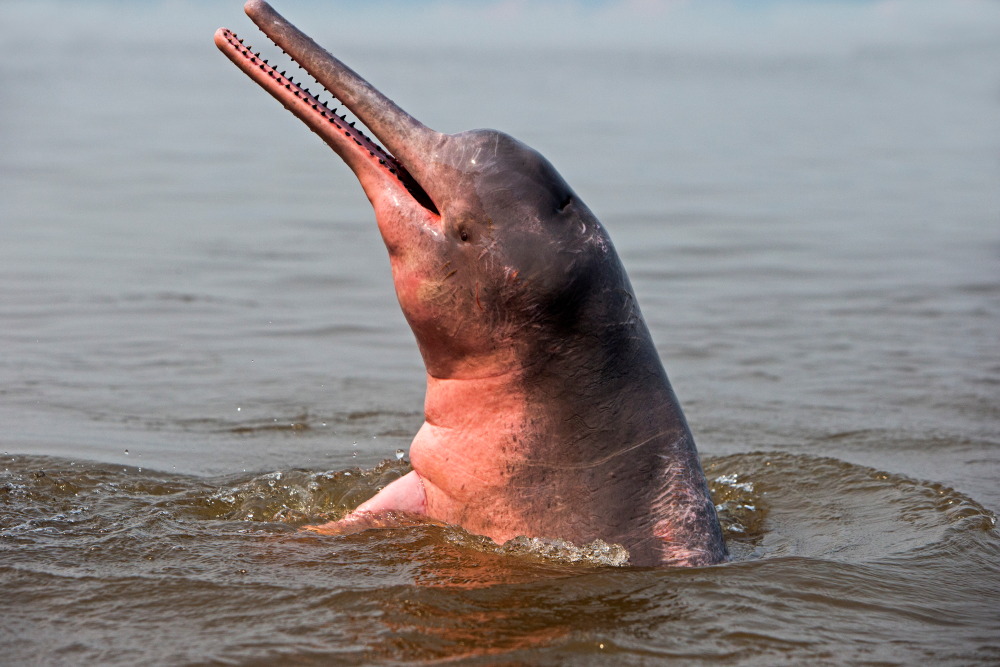
Behold, the pink river dolphin.
Image credit: Coulanges / Shutterstock.com
If the words “pink dolphin” aren’t enough to convince you that the Amazon’s aquatic mammals aren’t utterly bizarre, perhaps the fact that they get pinker the more excited they are will. These bizarre-toothed whales lurk in the murky waters of the River Amazon, and they have a spicy legend to boot.
It was once thought that the “botos” would turn into handsome men called “boto encantado” that would come on land and seduce women. The shapeshifting dolphins were also believed to control storms, and be able to inflict insanity and illness on anyone who crosses them.
The truth is, when it comes to the world’s weirdest mammals, these nine are just skimming the surface of the peculiar pool. What do you think is the world’s weirdest mammal?
Source Link: Ballooning Nostrils And Sweating Milk: 9 Of The Weirdest Mammals On Earth